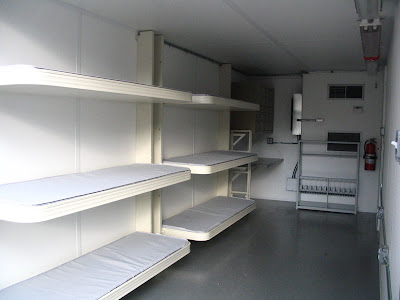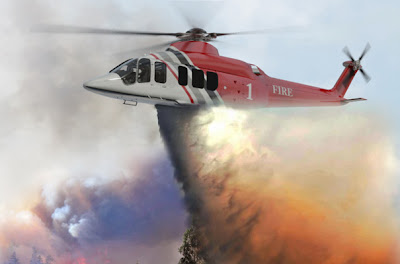Thanks Think Defence for the heads up....wish it were better news.
via Marine Corps Times.
You know every family member on the aviation side of the 24th MEU is going crazy.
God Bless.
via Marine Corps Times.
An MV-22 Osprey from the 24th Marine Expeditionary Unit crashed Wednesday during training exercises in Morocco, according to a Marine official. An official at the U.S. Embassy in Morocco said two Marines were killed in the crash, and two more were injured.I hate this.
The crash took place in southern Morocco during exercises involving Marines and Moroccan troops, embassy spokesman Rodney Ford said. The 24th MEU is participating in Exercise African Lion, a 10-day joint exercise overseen by the 14th Marine Regiment.
Agence France-Presse reported that the crash took place in the region of Ouad Daraa, about 550 miles from Rabat.
The 24th MEU deployed from Camp Lejeune, N.C., on March 29. The Osprey was part of Marine Medium Tiltrotor Squadron 261 (Reinforced), out of Marine Corps Air Station New River, N.C.
Further information about the incident is being withheld until the next of kin have been notified, Ford said.
You know every family member on the aviation side of the 24th MEU is going crazy.
God Bless.












